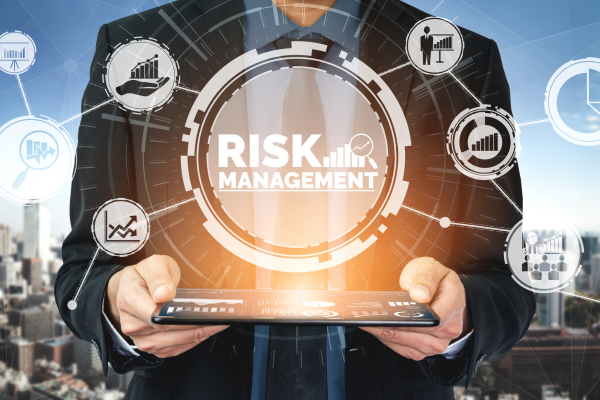In the ever-evolving landscape of finance, credit risk management stands as a cornerstone for ensuring stability and sustainability within institutions. Whether you’re a seasoned financial expert or an aspiring professional, understanding the intricacies of credit risk management is crucial. In this blog post, we’ll take a deep dive into the journey from assessing credit risk to implementing effective mitigation strategies.
Assessing Credit Risk
Assessment forms the bedrock of credit risk management. It involves evaluating the likelihood of borrowers defaulting on their financial obligations. This process encompasses various factors, including financial statements, credit scores, market trends, and qualitative assessments of borrowers’ character and capacity to repay debts.
Quantitative Analysis: This involves scrutinizing financial metrics such as debt-to-equity ratios, cash flow patterns, and profitability indicators. These metrics provide insights into borrowers’ financial health and their ability to service debt.
Qualitative Assessment: Beyond numbers, qualitative factors like industry dynamics, management quality, and economic conditions play a pivotal role. Understanding the broader context helps in gauging the inherent risks associated with lending.
Credit Scoring Models: Utilizing statistical models, lenders assign credit scores to borrowers based on their credit history and financial profiles. These scores serve as a quantitative measure of creditworthiness, aiding in risk assessment.
Mitigating Credit Risk
While assessment provides valuable insights, effective mitigation strategies are essential for safeguarding against potential losses. Mitigation strategies aim to reduce the impact of credit risk and enhance the overall resilience of the lending portfolio.
Diversification: Spreading credit exposures across diverse assets, industries, and geographies helps mitigate concentration risk. A well-diversified portfolio is less susceptible to adverse events impacting a particular sector or region.
Collateralization: Securing loans with collateral provides a safety net in the event of borrower default. Collateral serves as a tangible asset that lenders can liquidate to recover outstanding debts, reducing credit losses.
Credit Monitoring and Surveillance: Continuous monitoring of borrower performance and market dynamics is imperative. Early identification of deteriorating credit quality enables proactive measures to mitigate losses, such as restructuring loans or imposing stricter terms.
Stress Testing: Conducting stress tests simulates adverse scenarios to assess the resilience of the portfolio. By identifying vulnerabilities and potential losses under extreme conditions, institutions can fortify their risk management frameworks.
Risk Transfer Mechanisms: Utilizing instruments like credit derivatives or insurance allows institutions to transfer credit risk to third parties. While these mechanisms involve costs, they provide an additional layer of protection against credit defaults.
Conclusion
From assessment to mitigation, effective credit risk management is a multifaceted endeavor that demands meticulous analysis and proactive measures. By employing robust assessment techniques and implementing prudent mitigation strategies, institutions can navigate the complexities of credit risk and foster sustainable lending practices. In an era marked by volatility and uncertainty, the ability to manage credit risk effectively is indispensable for ensuring financial resilience and long-term success.




